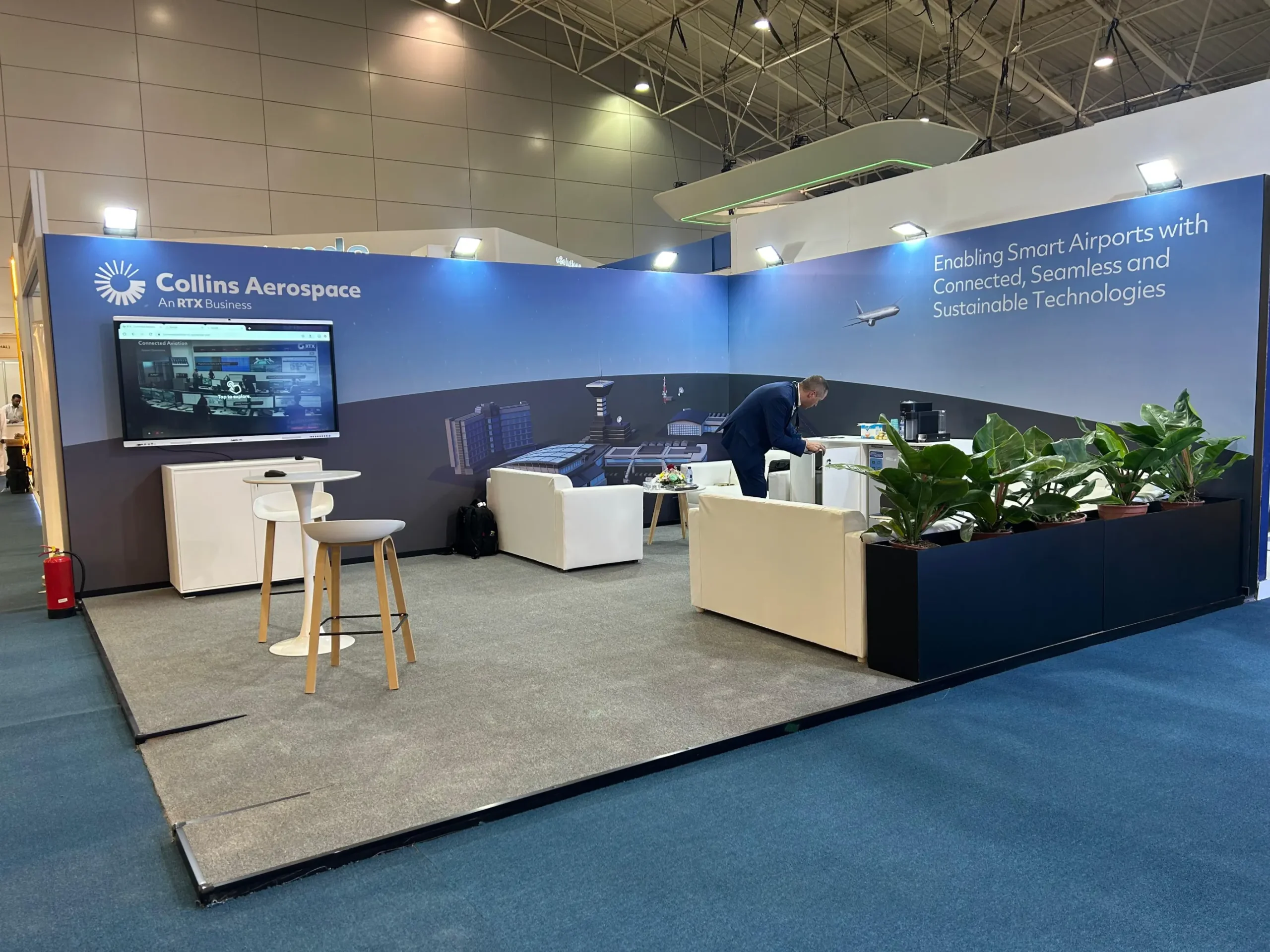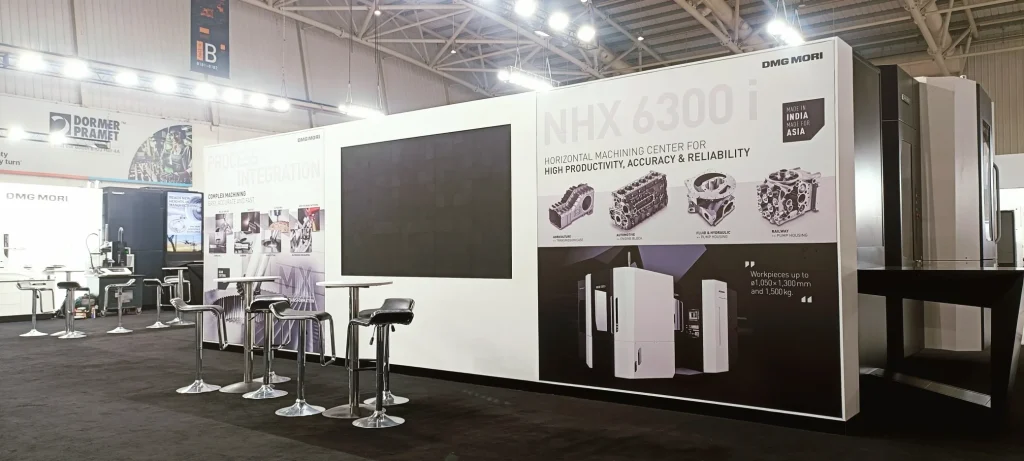
Introduction
In an era where the boundaries between physical and digital spaces are increasingly blurred, hybrid events have emerged as a powerful way to engage audiences both in-person and online for trade shows. A crucial aspect of these events is networking—a cornerstone of professional growth and collaboration.
Digital platforms have revolutionized the way we connect, making virtual networking an indispensable component of hybrid events. This article delves into how digital platforms enhance interaction, foster connections, and create dynamic networking opportunities in the hybrid event landscape.
The Rise of Hybrid Events:
Hybrid events combine the best of both worlds: the immediacy and tangibility of in-person gatherings with the flexibility and accessibility of virtual participation. This format has gained immense popularity due to its ability to cater to a wider audience, accommodate various preferences, and provide inclusive experiences. At the heart of successful hybrid events lies effective networking, which is where digital platforms come into play.
Enhancing Interaction Through Digital Platforms:
Digital platforms are the backbone of virtual networking, offering a plethora of tools and features designed to facilitate seamless interactions. Here’s how they enhance the networking experience:
1. Advanced Matchmaking Algorithms:
Many digital platforms use sophisticated algorithms to match attendees based on their interests, professional background, and networking goals. This personalized approach ensures that connections made are meaningful and relevant, maximizing the value of each interaction.
2. Interactive Virtual Spaces:
Virtual lounges, breakout rooms, and discussion forums recreate the social aspects of in-person events. Attendees can join themed rooms, participate in group discussions, or engage in one-on-one conversations, providing a versatile and engaging networking environment.
3. Integrated Communication Tools:
Features such as live chat, video calls, and instant messaging enable real-time communication, breaking down geographical barriers and allowing for spontaneous interactions. These tools mimic the natural flow of conversations that occur at physical events, enhancing engagement.
4. Scheduled Networking Sessions:
Organizers can schedule dedicated networking sessions within the event agenda, ensuring that attendees have structured opportunities to connect. These sessions can include speed networking, virtual coffee breaks, or roundtable discussions, fostering interaction among participants.
5. Data-Driven Insights:
Digital platforms offer analytics and insights into attendee behavior, preferences, and interactions. This data allows organizers to refine networking strategies, tailor future events, and provide personalized follow-up opportunities, enhancing the overall networking experience.
Benefits of Virtual Networking at Hybrid Events
The integration of digital platforms into hybrid events offers several advantages:
1. Increased Accessibility:
Virtual networking eliminates geographical constraints, allowing attendees from around the world to participate. This inclusivity broadens the networking pool and fosters diverse connections.
2. Flexibility and Convenience:
Attendees can engage in networking activities from the comfort of their homes or offices, choosing sessions that fit their schedules. This flexibility increases participation and makes networking more accessible to those with time constraints.
3. Enhanced Engagement:
Interactive features and personalized matchmaking keep attendees engaged and invested in the networking process. The ability to connect with like-minded professionals and industry leaders adds significant value to the event experience.
4. Extended Networking Opportunities:
Unlike traditional events where networking is limited to specific timeframes, digital platforms enable ongoing interactions. Attendees can continue conversations, schedule follow-up meetings, and build relationships long after the event has concluded.
Conclusion
Virtual networking has transformed the landscape of hybrid events, offering innovative ways to connect, engage, and collaborate. Digital platforms have made networking more accessible, personalized, and dynamic, bridging the gap between physical and virtual interactions.
As hybrid events continue to evolve, the integration of advanced networking tools will play a pivotal role in enhancing attendee experiences and fostering meaningful connections. You can use networking at your next hybrid trade show event, and watch as your audience engages in new and exciting ways.


 US
US
 EU
EU


